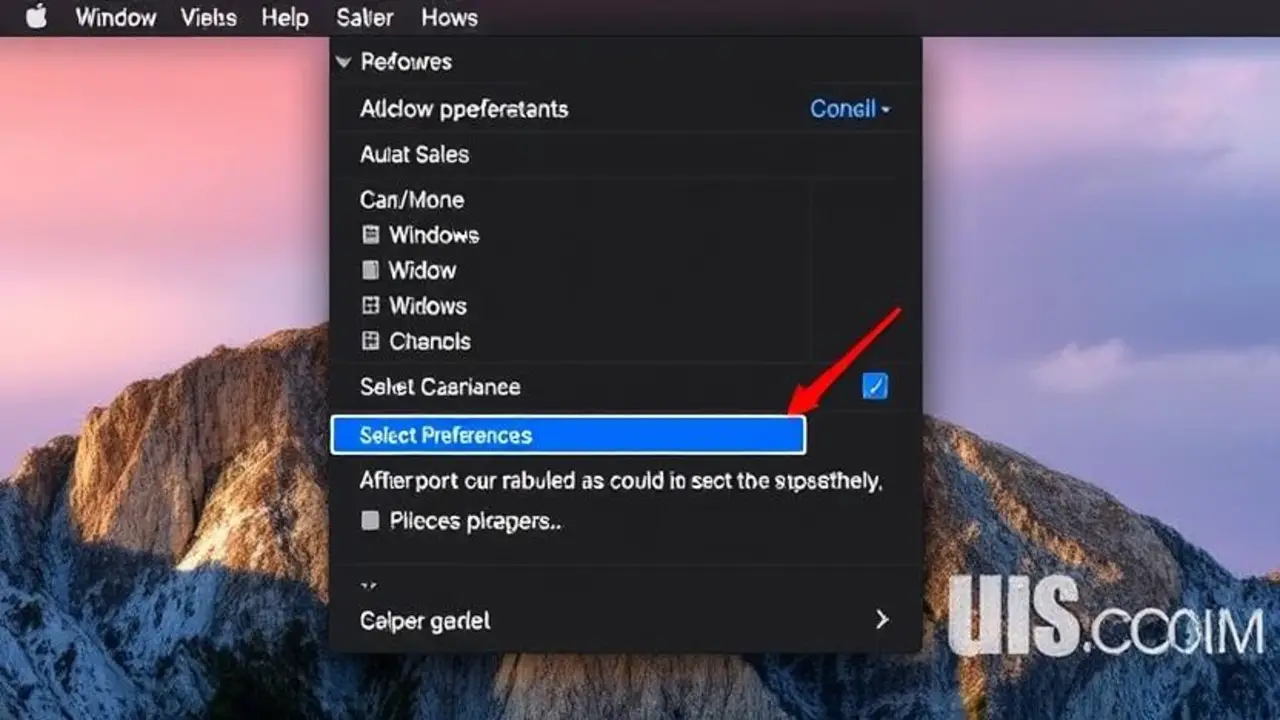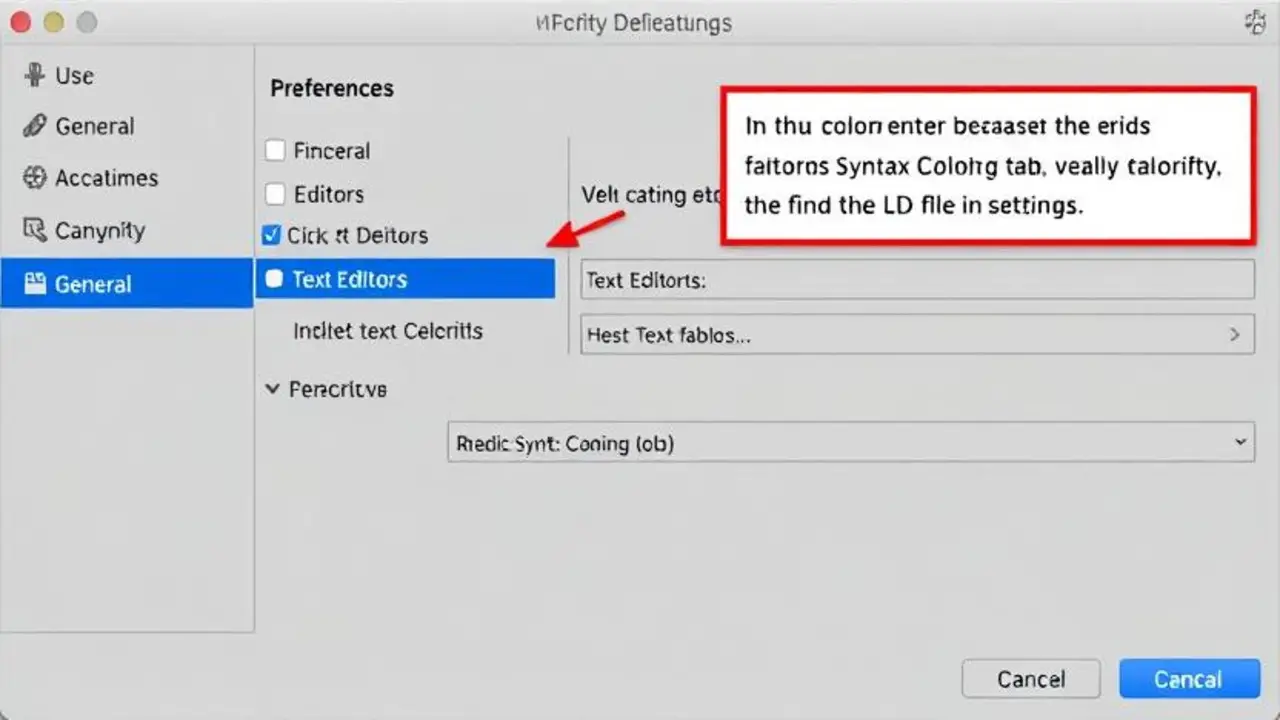Changing font colours in STM32 Cube IDE LD files can enhance readability and help developers navigate complex codebases more efficiently.
Whether using TouchGFX Designer for graphical applications or developing firmware for STM32 microcontrollers, modifying the font colors can improve your overall coding experience. This guide will walk you through changing font colors in STM32 Cube IDE, ensuring productivity and minimising errors during debugging and code generation.

Change STM 32 Cube IDE LD Files Font Colors – Steps To Change

STM32 Cube IDE is an integrated development environment (IDE) tailored for STM32 microcontroller (MCU) development. It is based on Eclipse and provides developers with powerful tools for code generation, debugging, and project management. LD files, or linker descriptor files, are crucial in embedded systems as they define memory sections and configurations for the generated code.
Step 1: Open STM32 Cube IDE

- Launch STM32 Cube IDE on your computer.
- Ensure you are working on the latest version for optimal performance and features.
Step 2: Access Preferences

- Navigate to Window in the top menu.
- Select Preferences to open the settings dialogue.
Step 3: Modify Colors For LD Files

- In the Preferences window, locate the General section on the left side.
- Click on Editors and then select Text Editors.
- Under the Syntax Coloring tab, find the LD file settings.
Step 4: Change Color Settings

- In the LD file configuration section, you will see options for changing the color of various elements such as text, background, and keywords.
- Click on each element you wish to modify (e.g., Instructions, Pointers, or Data).
- Choose your preferred colors and click Apply to save the changes.
Step 5: Save And Test Your Configuration

- After modifying the colors, click OK to close the Preferences window.
- Open a project with an LD file to see how your new color settings affect readability.
Step 6: Generate Code And Test

- After making changes, generate code for your STM32 project using the Project menu.
- Ensure that the generated code reflects the new settings, making debugging and identifying errors easier.
Tips For Better Code Management
- Organize Your Project Files: Store your LD files in your STM32 project directory in a dedicated folder. This allows you to access and manage your configuration files quickly.
- Use Clear Naming Conventions: When creating new projects, name your files descriptively to identify their purpose and contents easily.
- Keep Documentation Handy: The STM32 documentation provides detailed explanations of memory management and LD file syntax, which can aid in troubleshooting and debugging.
Conclusion
Changing the font colors in STM32 Cube IDE LD files enhances the coding experience, especially when working with complex embedded systems. Following the outlined steps, developers can optimize their work environment for better readability and efficiency. This small modification can significantly improve productivity when generating code and managing firmware for STM32 microcontrollers.
FAQs
1.What Is STM32 Cube IDE?
STM32 Cube IDE is an integrated development environment that supports STM32 MCU development, providing tools for code generation and debugging.
2.How Do LD Files Function In STM32 Projects?
LD files manage the memory layout of your firmware, determining where code and data are stored in the STM32 microcontroller.
3.Can I Change Other Editor Settings In STM32 Cube IDE?
Yes, you can modify various editor settings, including line numbering, tab spacing, and font colors.
4.What Are The Advantages Of Using Touchgfx Designer?
TouchGFX Designer simplifies the development of graphical user interfaces for STM32 applications, enabling developers to create visually appealing applications.
5.Where Can I Find The Latest Version Of STM32 Cube IDE?
The latest version can be downloaded from STMicroelectronics’ official website.














